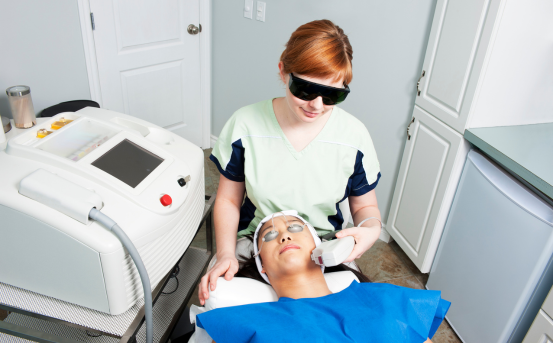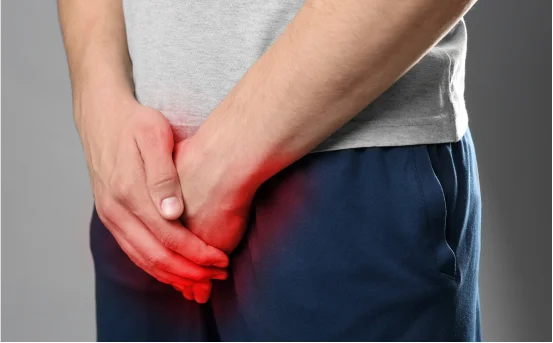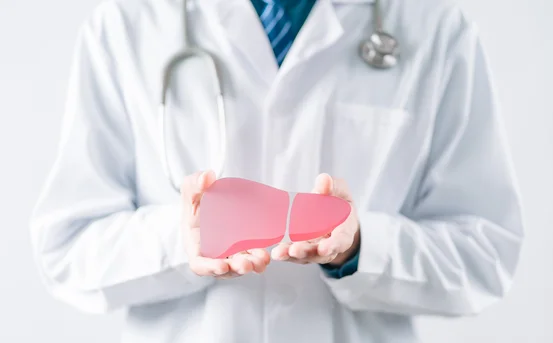Subcision for acne scars treatment can be a persistent reminder of past breakouts, impacting not only your skin’s appearance but also your self-confidence. Fortunately, advancements in dermatology have introduced highly effective solutions to treat these scars. One of the most promising and minimally invasive treatments available today is subcision for acne scars.
Acne scars are more than just skin imperfections they often carry emotional weight, serving as lasting reminders of past skin battles. For many individuals, even after successfully treating acne, the lingering scars can affect their self-esteem and confidence. Whether you’re preparing for an important event, pursuing a career that involves public interaction, or simply striving for healthier, clearer skin, treating acne scars effectively becomes a top priority.
What is subcision for acne scars treatment?
Subcision for acne scars treatment, also known as subcutaneous incisionless surgery, is a minor surgical procedure used primarily to treat depressed or atrophic acne scars such as rolling scars and some boxcar scars. These types of scars are caused when fibrotic strands tether the skin’s surface to deeper tissues, creating visible depressions.
In a subcision procedure, a dermatologist uses a specialized needle or cannula to break these fibrous bands beneath the scar. Once released, the skin rises and smoothens, allowing the body’s natural healing process to fill in the depression with new collagen over time.
Who is an Ideal Candidate for Subcision?
Subcision for acne scars treatment is best suited for individuals who :-
-
Have depressed or indented acne scars (not raised or pigmented)
-
Are in generally good health
-
Do not have active acne outbreaks
-
Are not prone to keloid or hypertrophic scarring
-
Have realistic expectations about results
If you have rolling scars that worsen when stretched, you’re likely an ideal candidate for subcision treatment.
How Does Subcision Work?
The procedure involves the following steps :-
-
Assessment :- The dermatologist assesses your scar type, skin condition, and treatment goals.
-
Cleansing and Anesthesia :- The target area is cleaned, and a local anesthetic is administered to numb the skin.
-
Needle Insertion :- A fine hypodermic needle or blunt cannula is inserted under the scar tissue.
-
Breaking the Fibrotic Strands :- The dermatologist moves the needle in a fanning motion to break the scar-tethering bands.
-
Healing Process :- Once the tethering is released, blood pools under the treated area, promoting the growth of new connective tissue and collagen.
Subcision usually takes 30–60 minutes, depending on the extent and number of scars being treated.
Benefits of Subcision for Acne Scars
Subcision for acne scars treatment has gained popularity because it provides tangible results with minimal downtime. Key benefits include :-
-
Effective for Deep Scars :- Especially rolling scars that don’t respond well to topical treatments or chemical peels.
-
Minimal Invasiveness :- No major incisions or stitches are needed.
-
Stimulates Collagen Production :- The natural healing process leads to smoother, firmer skin over time.
-
Can Be Combined with Other Treatments :- Like micro needling, PRP (platelet-rich plasma), laser therapy, or dermal fillers.
-
Short Recovery Time :- Most people return to normal activities within 1–3 days.
Subcision Before and After: What Results Can You Expect?
Patients usually see an improvement in scar depth and skin texture within a few weeks. However, multiple sessions (typically 2–4 sessions spaced 4–6 weeks apart) may be required for optimal results.
Before :- The skin appears uneven with visible depressions caused by tethered scars.
After :- The scar depressions are shallower, the texture is smoother, and overall skin appearance is more uniform and youthful.
Results may vary depending on scar severity, skin type, and combined treatments used.
Is Subcision Permanent?
Yes, subcision for acne scars treatment offers permanent improvement for many acne scars. Once the fibrotic strands are severed and the skin heals, the scar will not re-tether. However, for deeper or long-standing scars, a combination approach might yield better outcomes. Maintenance treatments may occasionally be needed depending on the skin’s natural aging process and individual healing response.
Risks and Side Effects of Subcision
While generally safe, subcision does carry some potential side effects :-
-
Swelling and Bruising :- Common and usually subside within a few days.
-
Temporary Redness or Tenderness :- Especially around the treatment site.
-
Mild Pain or Discomfort :- Post-procedure soreness may last 24–48 hours.
-
Risk of Infection or Hyperpigmentation :- Rare, especially when post-care instructions are followed properly.
-
Small Nodules or Lumps :- These typically resolve over time.
Choosing an experienced dermatologist or cosmetic surgeon significantly reduces these risks.
Aftercare Tips for Subcision Recovery
Following proper aftercare helps ensure smooth healing and optimal results :-
-
Apply a cold compress for swelling during the first 24 hours.
-
Avoid touching or massaging the treated area.
-
Use prescribed topical antibiotics to prevent infection.
-
Avoid intense exercise, sun exposure, and makeup for 1–2 days.
-
Follow up with your dermatologist for reassessment and next steps.
Subcision with PRP or Fillers: A Powerful Combo
To enhance the outcome, dermatologists often combine subcision for acne scars treatment with other treatments :-
- Subcision + PRP (Platelet-Rich Plasma) :- Injecting PRP after subcision boosts collagen regeneration and accelerates healing.
- Subcision + Dermal Fillers :- Fillers like hyaluronic acid can be injected post-subcision to immediately raise the depressed scar and maintain its lifted appearance.
- Subcision + Micro needling or Laser :- Combining with RF micro needling or fractional CO2 laser further improves texture, tone, and overall skin quality.
Conclusion
If you’re struggling with depressed acne scars that haven’t improved with creams or peels, subcision for acne scars treatment could be a game-changing treatment. It directly targets the root cause of rolling scars and improves skin smoothness with minimal downtime.























